Media
Queen's death triggers media bonanza in works for decades – Halifax.CityNews.ca
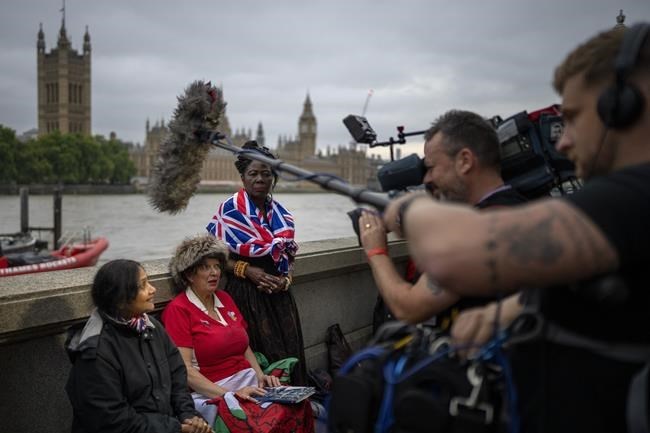
NEW YORK (AP) — When word came that Queen Elizabeth II was close to her death, media organizations around the world sprang to life, dispatching reporters to a royal castle in Scotland and breaking out coverage plans decades in the making.
At age 96, the queen’s passing was hardly a surprise. Still, the British royal succession is a media event on steroids that will culminate in Monday’s live coverage of funeral services from Westminster Abbey.
“It’s something I’ve always sort of dreaded and anticipated and worried about,” said Deb Thompson, assistant London bureau chief for CBS News in the United States, recalling nights spent obsessing over the details.
So far, it’s all gone smoothly and she pronounces herself awed by the spectacle.
Woe to those who didn’t plan ahead, however.
The director of U.K.’s Foreign Press Association said the organization has been inundated with requests for accreditation from television and radio broadcasters all over the world. The association tries to help them navigate government and royal protocols.
“You’d have thought the royal weddings reached the maximum level of interest, but no,” said director Deborah Bonetti. “It’s a tsunami of people who have no idea what to do in order to broadcast these proceedings from London.”
Even accredited journalists are fighting for positions, “so if you’re just flying in … you’re unlikely to get one,” she said.
Within Britain, the well-rehearsed coverage of remembrances and ceremonial events has been deferential to a fault, said Steven Barnett, communications professor at the University of Westminster. Critical reflection on the queen’s life or the monarchy’s role in modern society — of which there has been coverage around the world — has almost entirely been banished to social media, he said.
In a circling of the wagons, The New York Times was criticized in Britain for an article that talked about the “hefty” price tag of a royal funeral being paid for by state funds at a time many Britons are hurting financially.
“There are no depths to which the @nytimes won’t stoop to in its anti-British propaganda,” journalist Andrew Neil, a former editor at the Sunday Times in London said on Twitter.
In the United States, the coverage has mostly focused on the passing of an era, and the solemn services, said Marlene Koenig, who manages the Royal Musings blog from her Virginia home.
“It has been respectful,” she said. “I won’t use the term reverential. We have to remember the British monarch is very much a part of our history and heritage.”
Mourners who sought to pay their last respects to the queen as her coffin was lying in state this week were met with a crowd of reporters, microphones and video cameras as they waited to enter Westminster Hall and again as they left.
Why did they come? What did the moment mean to them? How did it feel to see the coffin? Reporters asked to check the wristbands of people in line to get a sense of how many were waiting.
On Thursday, the media’s desire to show as much as it could of mourners passing by the monarch’s coffin conflicted with the control-conscious palace’s desire for dignity and decorum.
The palace issued a list of rules for video coverage that included, for example, no depiction of the royal family “showing visible signs of distress” or “any inappropriate conduct” by members of the public or otherwise.
When one of the ceremonial guards beside the queen’s coffin fainted, the BBC cut off its live feed, and the use of video that showed what happened was restricted, even though still pictures showed up on newspaper websites.
Many news organizations had long-term agreements on where their journalists would be placed for the signature events. NBC News, for example, is using the same location it used to cover King Charles III’s wedding to Diana and Prince William’s wedding to Kate Middleton.
“The Brits do pomp and circumstance like no others,” said Tom Mazzarelli, executive producer of NBC’s “Today” show in the U.S.
American broadcasters have been all-in on queen coverage, too. Television networks are sending their biggest news stars to anchor Monday’s funeral coverage: Robin Roberts and David Muir of ABC News; Savannah Guthrie, Lester Holt and Hoda Kotb of NBC; Gayle King and Norah O’Donnell of CBS.
Princess Diana’s funeral in 1997 was watched by a huge audience: 33 million in the United States alone on a Saturday morning.
Even without royalty, funerals of major figures symbolize an era’s end and are often big television draws. Former President Ronald Reagan’s prime-time burial in 2004 had 35 million viewers, the Nielsen company said.
The queen’s death received major coverage elsewhere in the world, often dictated or complicated by Britain’s relationships with the countries where it was shown.
In Hong Kong, a former British colony turned over to China in 1997, most local news outlets ran reports on the British ceremonies. But some television channels have been careful reporting on the city’s own tributes to the queen.
The Now TV network edited a Facebook post and news report that showed Hong Kong residents leaving flowers at the British consulate to remove an interview with one resident who said a long line of people waiting to pay respects to the queen “shows what people want.”
Local media reported the pro-Beijing head of news at Now TV ordered the changes. The network did not give an explanation.
Heavy coverage of the queen’s death in India, once Britain’s largest colony, quickly faded. For older residents, the British royal family represents a painful part of history, but to most Indians they’re just another celebrity family.
In Syria, where President Bashar Assad considers Britain part of a coalition funding insurgents in the country’s 11-year conflict, state TV gave little attention to the news.
Co-hosts of the major morning TV shows in Australia, a constitutional monarchy where the queen was sovereign, traveled to London to cover the events. Regular guests of the programs were required to dress in dark clothing.
Widespread coverage in Japan often drew parallels to the increasingly controversial state funeral plans later this month for the assassinated former leader Shinzo Abe.
British ceremonial events are “catnip for television networks,” said Mark Lukasiewicz, a veteran American network executive now dean of Hofstra University’s School of Communication.
But after more than a week, they have their limits, said Barnett, the British professor.
“It’s gotten to the point where a lot of people are thinking, ‘we’ve kind of had enough now,’” he said.
___
Sylvia Hui, Samya Kullab and Jill Lawless from London; Bassem Mroue from Beirut, Lebanon; Mari Yamaguchi from Tokyo, Japan; Zen Soo from Hong Kong; Krutika Pathi from New Delhi, India; and Rod McGuirk from Canberra, Australia contributed to this report.
___
Follow AP’s coverage of Queen Elizabeth II at https://apnews.com/hub/queen-elizabeth-ii
David Bauder, The Associated Press
Media
Psychology group says infinite scrolling and other social media features are ‘particularly risky’ to youth mental health – NBC News
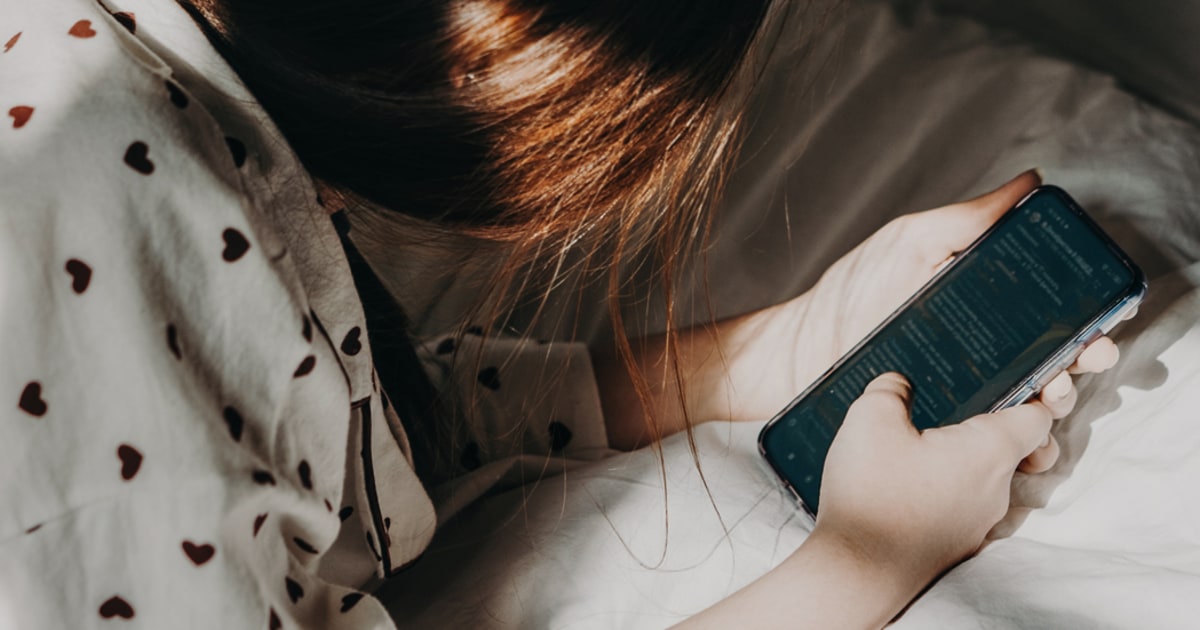

A top psychology group is urging technology companies and legislators to take greater steps to protect adolescents’ mental health, arguing that social media platforms are built for adults and are “not inherently suitable for youth.”
Social media features such as endless scrolling and push notifications are “particularly risky” to young people, whose developing brains are less able to disengage from addictive experiences and are more sensitive to distractions, the American Psychological Association wrote in a report released Tuesday.
But age restrictions on social media platforms alone don’t fully address the dangers, especially since many kids easily find workarounds to such limits. Instead, social media companies need to make fundamental design changes, the group said in its report.
“The platforms seem to be designed to keep kids engaged for as long as possible, to keep them on there. And kids are just not able to resist those impulses as effectively as adults,” APA chief science officer Mitch Prinstein said in a phone interview. He added that more than half of teens report at least one symptom of clinical dependency on social media.
“The fact that this is interfering with their in-person interactions, their time when they should be doing schoolwork, and — most importantly — their sleep has really important implications,” Prinstein said.
The report did not offer specific changes that social media companies can implement. Prinstein suggested one option could be to change the default experience of social media accounts for children, with functions such as endless scrolling or alerts shut off.
The report comes nearly a year after the APA issued a landmark health advisory on social media use in adolescence, which acknowledged that social media can be beneficial when it connects young people with peers who experience similar types of adversity offline. The advisory urged social media platforms to minimize adolescents’ online exposure to cyberbullying and cyberhate, among other recommendations.
But technology companies have made “few meaningful changes” since the advisory was released last May, the APA report said, and no federal policies have been adopted.
A spokesperson for Meta, the parent company of Facebook, Instagram and WhatsApp, disputed the assertion that there have not been changes instituted on its platforms recently. In the last year, Meta has begun showing teens a notification when they spend 20 minutes on Facebook and has added parental supervision tools that allow parents to schedule breaks from Facebook for their teens, according to a list of Meta resources for parents and teenagers. Meta also began hiding more results in Instagram’s search tool related to suicide, self-harm and eating disorders, and launched nighttime “nudges” that encourage teens to close the app when it’s late.
Prinstein said more is still needed.
“Although some platforms have experimented with modest changes, it is not enough to ensure children are safe,” he said.
TikTok and X, formerly known as Twitter, did not immediately respond to a request for comment.
Tuesday’s report comes amid broader concern over the effects of social media on young people. In March, Florida passed a law prohibiting children younger than 14 from having social media accounts and requiring parental consent for those ages 14 and 15. California lawmakers have introduced a bill to protect minors from social media addiction. Dozens of states have sued Meta for what they say are deceptive features that harm children’s and teens’ mental health.
And last month, a book was published by social psychologist Jonathan Haidt that argues that smartphones and social media have created a “phone-based childhood,” sending adolescents’ rates of anxiety, depression and self-harm skyrocketing.
The book, “The Anxious Generation: How the Great Rewiring of Childhood Is Causing an Epidemic of Mental Illness,” has been hotly debated. While it has its detractors, it instantly became a bestseller.
Prinstein said that it’s up to technology companies to protect their youngest users, but parents can also help. He recommended all devices in a family’s household go on top of the refrigerator at 9 p.m. each night to help kids — and parents — get the amount of sleep they need. He also said there is no harm in limiting or postponing a child’s use of social media.
“We have no data to suggest that kids suffer negative consequences if they delay social media use, or if their parents set it for half an hour a day, or an hour a day,” he said.
“If anything, kids tell us, anecdotally, that they like to be able to blame it on their parents and say, ‘Sorry, my parents won’t let me stay on for more than an hour, so I have to get off,’” he added. “It kind of gives them a relief.”
Media
More than mere media bias: How New York prosecutors see Trump's scheme with the National Enquirer – MSNBC
IE 11 is not supported. For an optimal experience visit our site on another browser.
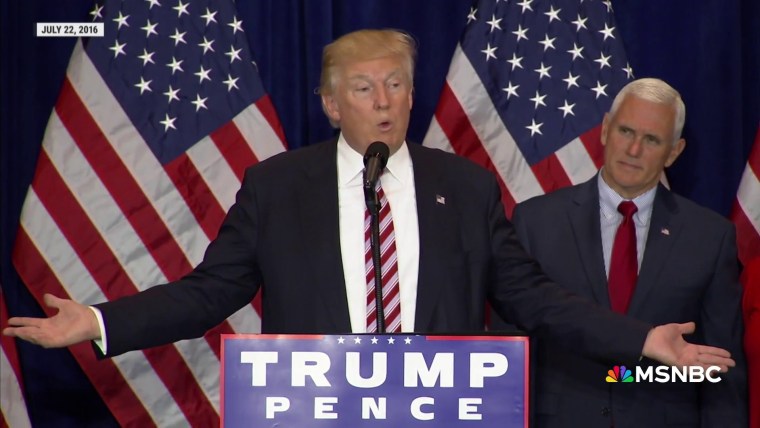

-
Now Playing



More than mere media bias: How New York prosecutors see Trump’s scheme with the National Enquirer
06:15
-
UP NEXT


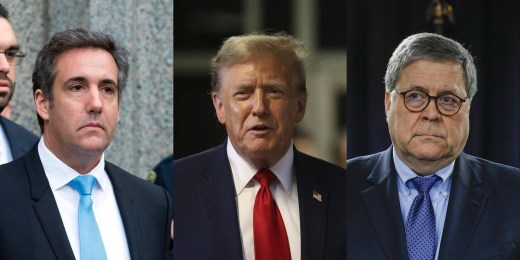
The real DOJ corruption scandal at the heart of Trump’s criminal trial in New York
11:59
-


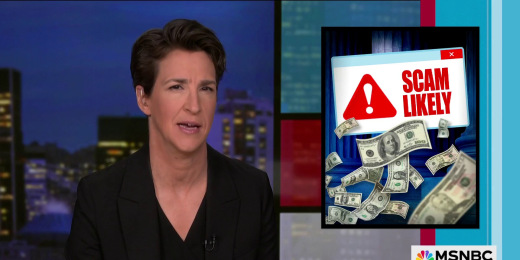
Bank with a checkered past and a deep history with Trump raises red flags
07:23
-


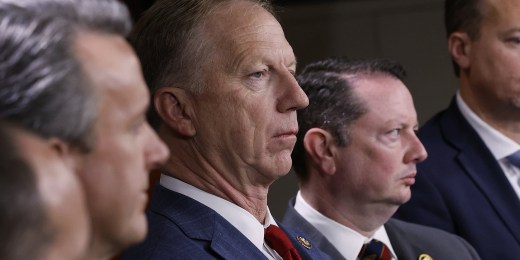
Why Republicans are hiding behind the politics of personality
04:23
-


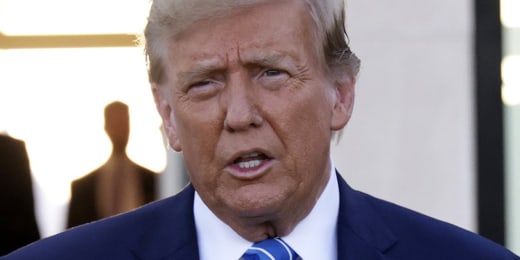
Media whiffs on the news in Trump’s abortion statement as Dobbs becomes weaponized on global scale
09:17
-


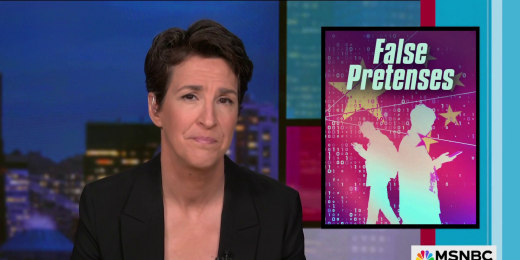
U.S. foes exploit Trump’s divisiveness with fake MAGA accounts; China adopts Russian tactics
10:58
-

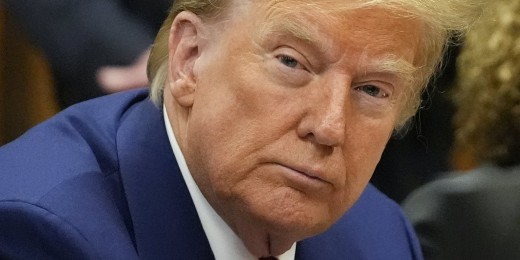
Judge has enough of Trump’s attacks on family members; extends gag order on ‘defendant’s vitriol’
04:59
-

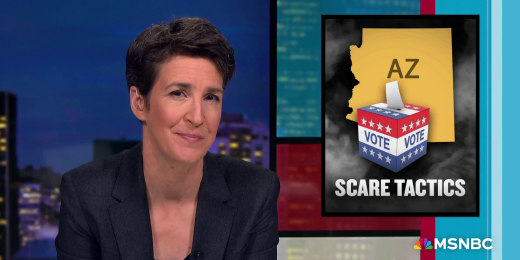
Combat training for election workers? Arizona braces for Trump-addled election deniers
07:59
-

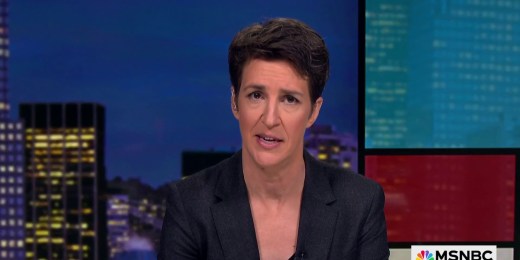
Maddow joins colleagues in objecting to McDaniel for legitimizing Trump, attacking democracy
11:59
-

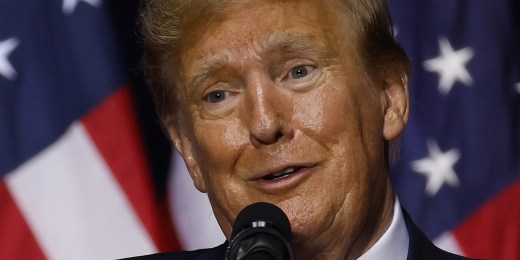
Panicking Trump coming up short for civil fraud penalty; no friends stepping up as deadline nears
07:18
-

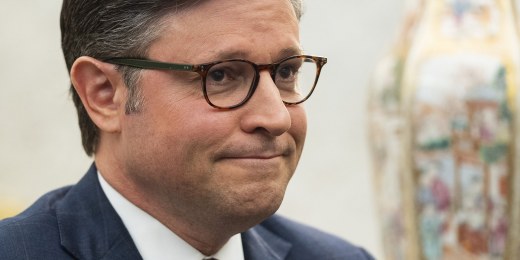
Putin flexes expansionist muscles as GOP stalling starves Ukraine of military aid
04:25
-

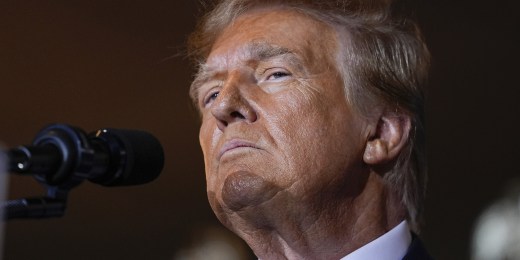
How pro-Trump election officials could make sure your vote doesn’t count
08:19
-


How Russia duped two Republicans with propaganda laundered through fake news sites
03:54
-

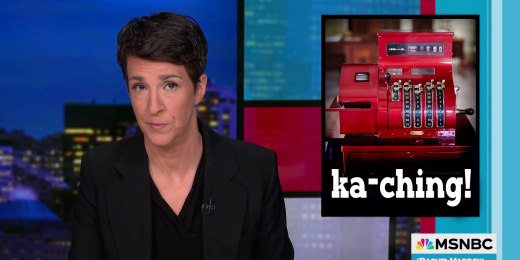
‘Massive national security risk’: Trump financial desperation makes access to U.S. secrets dangerous
04:22
-

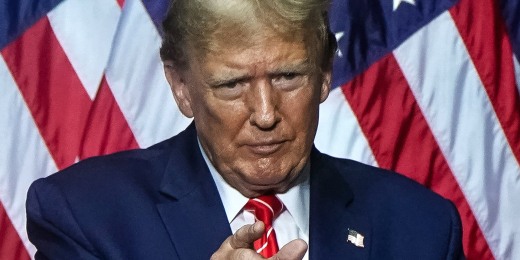
‘Everything’s for sale’: Trump’s TikTok flip-flop follows disturbing pattern
11:46
-

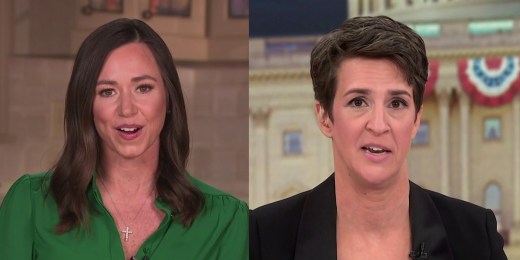
Maddow calls out glaring contradiction in Katie Britt’s GOP response
03:13
-

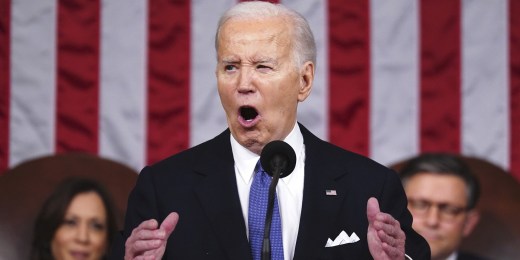
‘Incredibly aggressive’: Biden delivers energized State of the Union
10:39
-

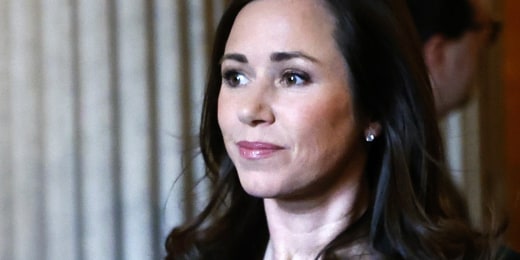
Who is Senator Katie Britt? GOP taps Alabama senator with reproductive rights in spotlight
10:43
-

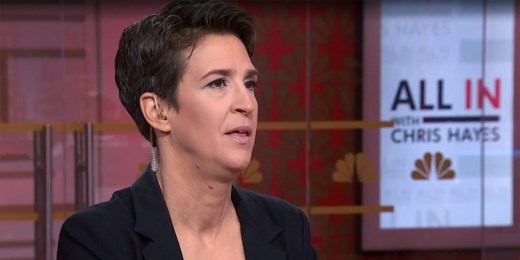
Maddow: This election is a choice ‘between having a democracy and not’
08:37
-

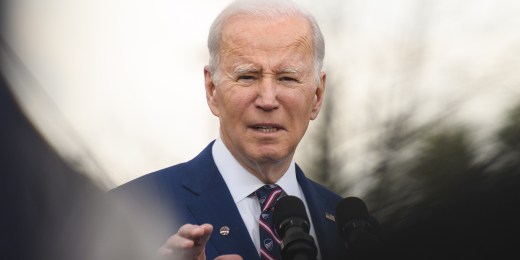
Democrats see opportunities for Biden to take back North Carolina in 2024
08:26
-
Now Playing



More than mere media bias: How New York prosecutors see Trump’s scheme with the National Enquirer
06:15
-
UP NEXT



The real DOJ corruption scandal at the heart of Trump’s criminal trial in New York
11:59
-



Bank with a checkered past and a deep history with Trump raises red flags
07:23
-



Why Republicans are hiding behind the politics of personality
04:23
-



Media whiffs on the news in Trump’s abortion statement as Dobbs becomes weaponized on global scale
09:17
-



U.S. foes exploit Trump’s divisiveness with fake MAGA accounts; China adopts Russian tactics
10:58
Media
The boomer pause: the sign that shows you should really get off social media – The Guardian


Name: The boomer pause.
Age: A split second.
Appearance: An uncomfortably long break.
Does it refer to an entitled pause between statements to show that you, a boomer, own the room? Not quite: it refers to that awkward moment of silence between hitting “record” and speaking that boomers leave when they film their social media posts.
I’m not sure I understand. It’s like the millennial pause, but longer.
Wait – the millennial pause? A term, coined in 2021, for the telltale split-second pause millennials leave before speaking, because they came of age before TikTok.
And the boomer pause is longer, because boomers are even older? Exactly. Like a long pause before and after speaking.
So it’s a pause indicating age-related technological ineptitude? It’s more than that.
With an added note of self-satisfied indifference about how you come across? That’s part of it, I guess.
And a studied refusal to get to grips with even the most basic and user-friendly editing features? It’s just being a boomer, really.
Would you happen to have a popular example of the phenomenon to hand? Yes: Gary Barlow.
From Take That? That’s the one. On the TikTok account of his wine range, Barlow recently filmed himself grinning in front of a vineyard.
Gary Barlow has a wine range? Keep up. The clip, which has since gone viral, may be transcribed thus: (IMMENSE PAUSE). Barlow: “This is my idea of a very nice day out.” (SECOND IMMENSE PAUSE). End of video.
A boomer pause? “I thought my phone had frozen” was one of the many comments below the post.
Maybe he’s inserting a deliberate pause to … To what?
… to capture your attention. TikTok doesn’t work like that, grandad.
Anyway, I hate to break it to you, but Gary Barlow isn’t a boomer. Are you kidding? He has his own wine range, and homes worth millions in London, Oxfordshire and Santa Monica.
Barlow was born in 1971. The generally acknowledged boomer cutoff is 1964. He is technically Gen X. The boomer pause is down to the length of the gap, not the age of the pauser.
So Kylie Jenner could leave a boomer pause? She could, but she wouldn’t.
Do say: (After counting to five slowly in your head) “Hi, everybody!”
Don’t say: “I am pushing the button! It just keeps flashing this … oops, I think we’re on. Hi, everybody!”
-
Media22 hours ago
DJT Stock Plunges After Trump Media Files to Issue Shares
-
Business21 hours ago
FFAW, ASP Pleased With Resumption of Crab Fishery – VOCM
-
Media21 hours ago
Marjorie Taylor Greene won’t say what happened to her Trump Media stock
-
Business22 hours ago
Javier Blas 10 Things Oil Traders Need to Know About Iran's Attack on Israel – OilPrice.com
-



 Politics22 hours ago
Politics22 hours agoIn cutting out politics, A24 movie 'Civil War' fails viewers – Los Angeles Times
-
Art23 hours ago
It’s Time to Remove Father Rupnik’s Art – National Catholic Register
-
Business20 hours ago
Tesla May Be Headed For Massive Layoffs As Woes Mount: Reports – InsideEVs
-
Investment23 hours ago
A Once-in-a-Generation Investment Opportunity: 1 Top Artificial Intelligence (AI) Stock to Buy Hand Over Fist in April … – Yahoo Finance





